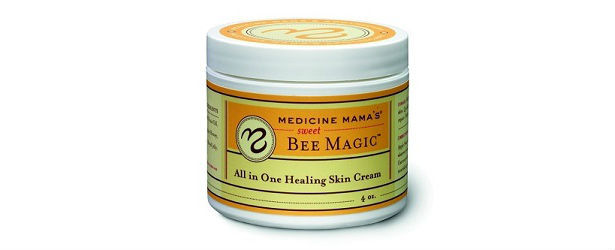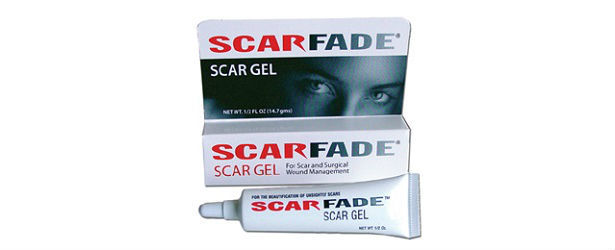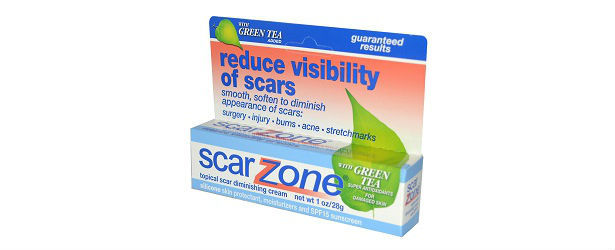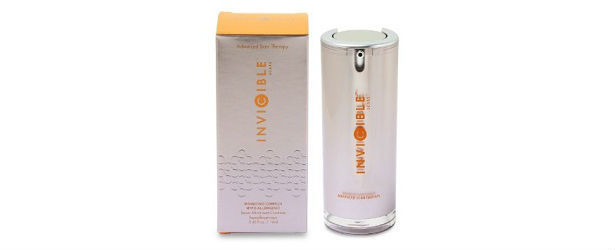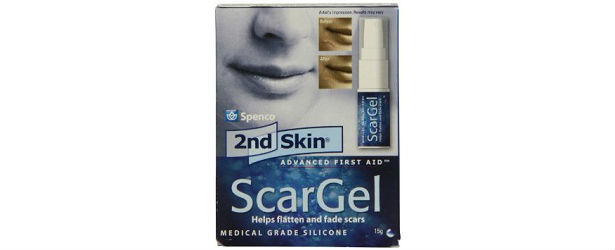
Types of Scar Treatments
ׁIf you are thinking about having scars treated to diminish their appearance, you will first need to determine the best treatment for your scar type. Treatments depend on how the injury occurred, how deep the wound was, the wound’s size, and your age and health. Here are some common examples of scar treatments:
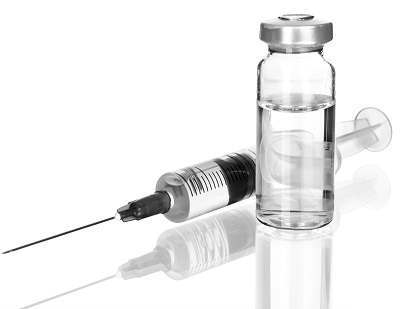 Injections
Injections
Dermatologists can inject scar tissue with cortisone, a steroid that reduces inflammation and swelling. This can flatten and lighten the appearance of large raised scars, such as hypertrophic and keloid scars. The steroids soften the scar tissue so it can become smaller. Another type of injection uses collagen fillers, hyaluronic acid, or fat to help fill in the area of scarring so it blends in with the natural surrounding tissue.
This helps for deep scars. Regardless of the type of scar, injections do not heal scars permanently, and you may need multiple treatments over time.
Laser Procedure
Using a laser to treat scars can help lighten their appearance and flatten the scarred areas. Lasers work with carbon dioxide or pulsed dye and a very intense light beam that actually alters scar tissue to help remove it. Technicians can also perform laser resurfacing on the skin, which actually helps relieve a lot of the discomfort associated with scar tissue, such as pain, itching, and burning. Laser treatments are quite costly, and they require a number of sessions over time to see results.
Scar Removal Treatments
Scar removal involves removing the actual damaged and scarred tissues and encourages the healthy growth of new skin in the area. Some of these treatments are minimally invasive, but some involve highly invasive procedures like surgery. Here is a list of scar removal treatments:
 Chemical Peels – This involves using a type of acid on the skin to take off the first few layers chemically. The skin sloughs off, and new skin is generated to create a smoother appearance. There is a few days’ healing time, and the treatments cause reddened skin initially.
Chemical Peels – This involves using a type of acid on the skin to take off the first few layers chemically. The skin sloughs off, and new skin is generated to create a smoother appearance. There is a few days’ healing time, and the treatments cause reddened skin initially.
- Dermabrasion – Dermabrasion takes off layers of skin by using a rough substance or a wire brush.
Special scrubs with granules or brush kits can be bought and used at home.
- Cryosurgery – The skin is frozen, and then dermabrasion is used to remove dead skin cells.
- Punch Excision – A skin punch is used to remove certain areas of skin, and then skin can be grafted over the area.
- Surgical Removal – The area just around the initial scar is removed, and then the skin is sewn back together to create a smaller scar.
Home Treatment
 There are treatments you can buy in drugstores over the counter to use at home. These contain ingredients that help moisturize, heal, and reduce the appearance of scars.
There are treatments you can buy in drugstores over the counter to use at home. These contain ingredients that help moisturize, heal, and reduce the appearance of scars.
These include silicone-based creams and sheets that can be used on scars. They are generally very safe for use but can be costly.
Costs of Scar Treatments
Some medical scar treatments can be very costly, and health insurance usually does not cover them if they are only for cosmetic reasons. There have been cases in which insurance covered scar treatments that were medically necessary. If you had a traumatic accident or breast surgery, scar treatments may be covered. For instance, if a large area of your skin is burned in a fire, skin grafts and scar removal are necessary, so that your skin can do its job properly.
If a scar is just bothersome and you don’t want to look at it, then you will most likely have to pay out of pocket for treatment. This is why it is important to find the best treatment for your needs.
TOP 5
SCARTreatments |
|||||
| Scarinex | Talsyn-CI | Kelo-cote | Revitol | H-Scars | |
|---|---|---|---|---|---|
| 1 | 2 | 3 | 4 | 5 | |
| Price (1 bottle) Price (4 bottles) Best Value |
$49.95 $139.70 |
$39.95 $239.70 |
$99.99 $599.94 |
$39.95 $239.70 |
$69.95 $419.70 |
| Overall Rating | 99.40% | 82.20% | 74.90% | 70.30% | 67.60% |
| Performance* |





|





|





|





|





|
| Speed of Results* | Extremely Fast | Good | Average | Slow | Slow |
| Quality of Ingredients | Premium | Good | Average | Average | Unknown |
| Customer Satisfaction Evaluation | 99% | 80% | 70.60% | 68% | 65% |
| Safety Evaluation | Safe for Use | Safe for Use | Safe for Use | Safe for Use | Safe for Use |
| Customer Service Rating |





|





|





|





|





|
| Reorder Rate | Highest | Good | Average | Average | Average |
| Return Policy | Risk Free | Risk Free | No Guarantee | Unopened Only | Risk Free |
| Success Rate | 99.20% | 81% | 72% | 69.30% | 66.10% |

 Subscribe Now
Subscribe Now




